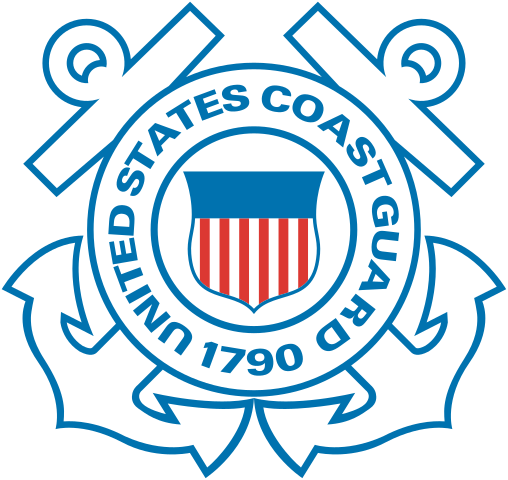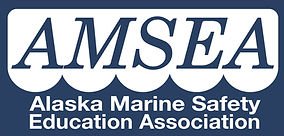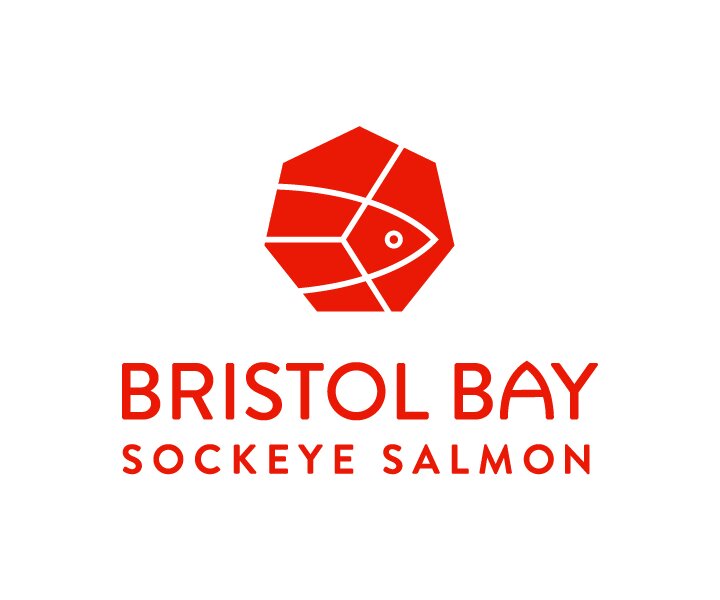2025 Safety Training Classes in Naknek & Dillingham
Dillingham: Crew Class & AMSEA Drill Conductor (Safety)
May 30-June1
Register here and see details on the flyer ->
Naknek: AMSEA Drill Conductor (Safety) June 9 & June 13
June 9: Register here or call 907 747 3287
June 13: Register here or call 907 747 3287
NEWS & UPDATES:
COAST GUARD SURVIVAL CRAFT EXEMPTION INFO
The following exemption regarding survival crafts was reissued in October 2022:
A vessel with 3 people or less within Bristol Bay is not required to carry a survival-craft.
A vessel with 4 people is required to carry a survival-craft or comply with certain exemption conditions and have this exemption letter on board.
A vessel with 5 or more people is required to carry a survival-craft.
Please read the additional details and make sure you are in compliance in 2023
Contact US Coast Guard Commercial Fishing Vessel Safety MSTC David Schaeffer (907) 428-4179
SAFETY CHECKLISTS
CHECKLIST FOR COASTGUARD COMPLIANCE
Immersion suits – one per person – name of vessel or owner of suit clearly marked, approved personal marker light and retro tape
Life Ring Buoy – 24” orange with 60’ line, vessel name and retro tape
Visual Distress Signals – inside 3 miles: 3 handheld or 3 parachute flares
Fire extinguishers – Two B-I’s or one B-II
Navigation Lights
Day-shape – two black cones apex to apex
Sound producing device
Marine sanitation device – required if the vessel has an installed toilet
Placards – injury placard: oil pollution placard; MARPOL (Garbage) placard
Alcohol test kit for each crew member
Survival craft required for vessels with more than 3 persons. Vessels with less than 5 persons may be exempt, but exemption letter must be on board
If you travel with your boat from outside of Bristol Bay, there may be additional requirements for your vessel.
BEST PRACTICES SAFETY CHECKLIST
First Aid Kit
Ditch Bag (waterproof kayak bag with handheld VHF, handheld EPIRB, flares, small first aid kit)
Man Overboard Sling and man overboard retrieval system (Game Hoist, self-locking, 4:1 reduction, 500-lb maximum lift, just $30)
Deck-hose extension with quick-connect for dewatering (long enough to reach into your fo’c’sle as well as your lazarette. Also, can be used to assist in dewatering of other vessels)
Water-activated PFDs for ALL crew to wear during unloading, rough weather, and while on the bow tying up and anchoring.
Damage Control Kit (wooden plugs, inner-tube rubber in 1-inch rolls and sheets, splash zone)
Check all running lights, deck lights, engine room
Have waterproof flashlights with fresh batteries stored in key locations ready for use (engine room, fo’c’sle, lazarette)
Test ALL alarms (bilge high water, smoke, carbon monoxide, etc.)
Inspect anchor gear Replace worn anchor rode, wire shackles with SS wire
Maintenance on all water-tight deck hatches (grease rubber seals and mechanical opening/closing handles)
Drill Instructor Card/Current First Aid Card
Current Renewal of life raft (if applicable)
EPIRB if required (current registration/battery)
Carbon monoxide detectors in living areas
Smoke detectors in living area, engine room
Important In-Season Safety Reminders
Develop and maintain a culture of safety. Making Safety a habit should be the ultimate goal of everyone on the boat. Remember: Good Habits are Bad to Break.
USCG required Drill Instruction by qualified instructor every 30 days (man overboard, fire, flooding, grounding, mayday)
Develop communication protocols for
deck. Example: Skipper: “Set!” Crew: “Setting!” EVERY command should be verbally acknowledged by crew loud enough to be heard by skipper. Call/Response method of communication minimizes confusion, increases efficiency, and allows for a vessel to operate with consistency that leads to increased safety. This is the same communication used in our military.... it just works!Review safety protocols for ALL deck activities (delivering, anchoring, tying up, balling off, running the net, retrieving the ball, etc.)
Examples:
o PFDs required for ALL crew while unloading, anyone going to the bow for any reason wears a PFD.
o One crew ONLY gives commands to crane operator while unloading.
Learn more about best practices and safety requirements:
Alaska Marine Safety Education Association
www.amsea.org (907) 747-3287
AMSEA has many resources online including an extensive video library and offers classes in different locations.
Look for a class near you, BBRSDA works with SeaGrant and AMSEA to host drill conductor classes in Bristol Bay in the spring ahead of the fishing season.







